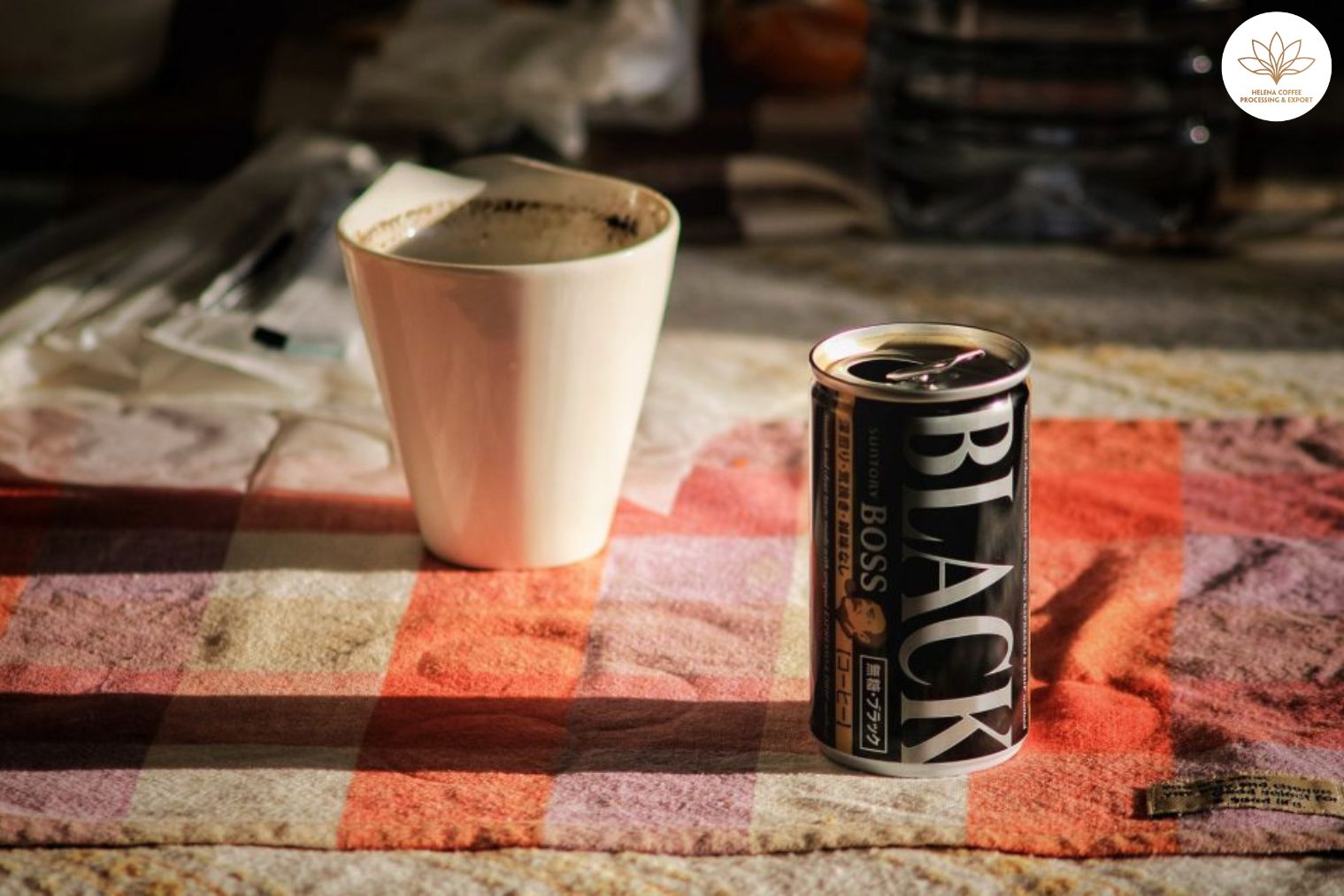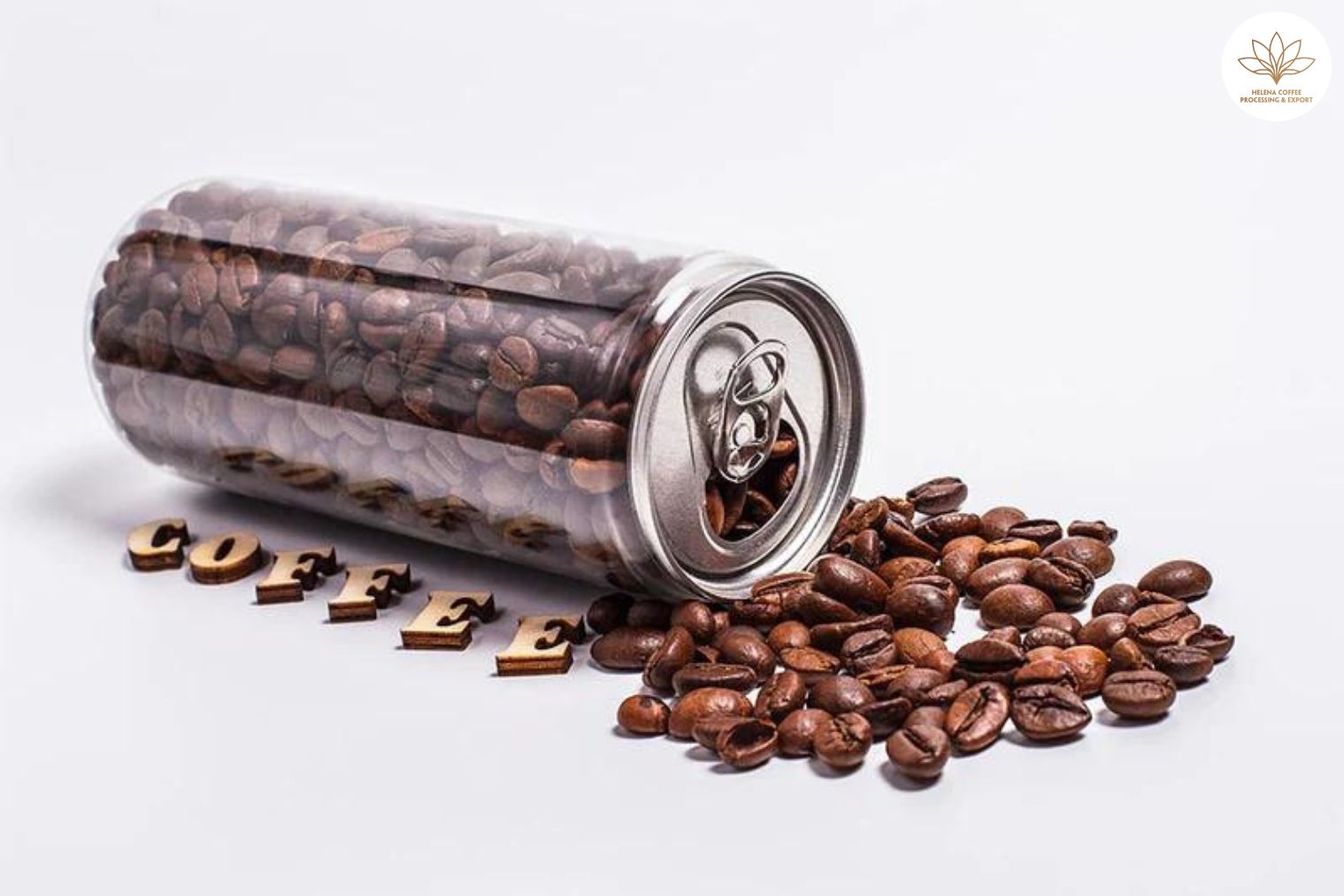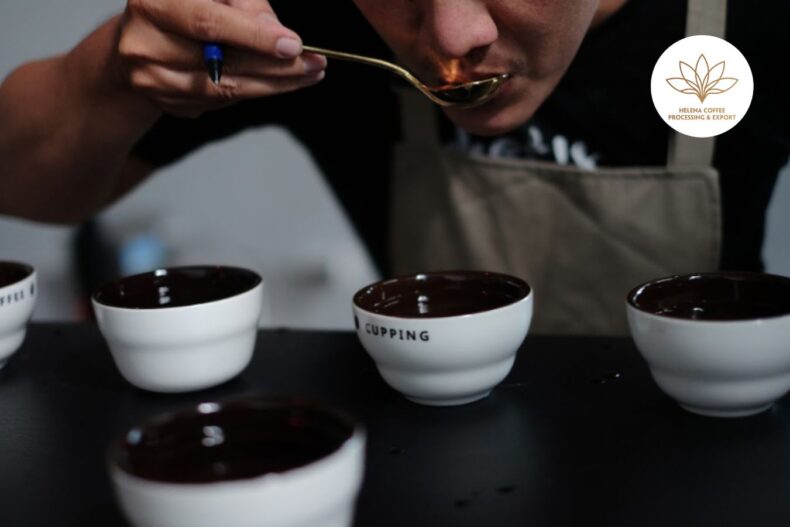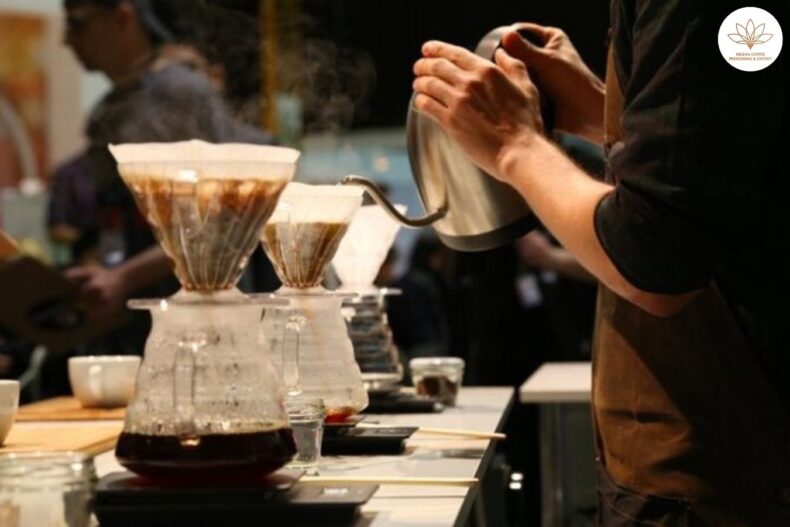
Canned coffee invented in Japan: Ready-to-drink (RTD) and canned coffee products, including cold brew and milk-based beverages, have seen explosive growth globally in recent years, with no signs of slowing down. According to Fortune Business Insights, the value of the global RTD coffee market is expected to surpass $42 billion by 2027. Given this immense diversification and expansion of the segment, it’s worthwhile to look back on the history of canned coffee.
Many industry experts credit the Japanese brand Ueshima Coffee Company (UCC) as the pioneer of canned coffee as we know it today. Since then, canned coffee has remained hugely popular in Japan and other Southeast Asian countries. The market has also grown substantially in other parts of the world.
To learn more about the origins of canned coffee and the potential for further market growth, I spoke with Giovanni Betteo, Director of Sales at Minor Figures. As discussed in our article on the rising popularity of RTD milk-based coffees, this segment shows no signs of slowing down.
WHEN & WHERE WAS CANNED COFFEE INVENTED?
Here is one way to rewrite the paragraph to improve clarity and flow:
The origins of canned food and beverages date back to 1810, when British merchant Peter Durand patented tin-coated iron cans for food preservation. Over a century later, large-scale canning became widespread. In 1935, US manufacturers produced the first commercially-available canned beer, soon followed by canned sodas.

Around 20 years later, manufacturers began using more affordable aluminum in cans, culminating in the 1959 invention of the all-aluminum “easy open” beer can, revolutionary for the canned drink market.
Following canned beer and sodas, the first commercially successful canned coffee debuted in 1969, by Japanese company UCC. Prior attempts were made, most notably Mira Coffee in 1965, but production was short-lived.
The UCC founder, Tadao Ueshima, was inspired to create canned coffee after an early train made him waste a cup of coffee. This led to the first canned milk coffee, UCC Milk Coffee, awarded the Guinness record for “longest-selling ready-to-drink canned coffee” in 2018, with over 15 billion cans sold.
WHY IS IT SO POPULAR IN JAPAN?
Here is one way to rewrite the paragraph to improve flow and clarity:
Japan has a long history of coffee consumption dating back to the late 19th century, when the first kissatens (coffee shops) opened. Kissatens focused on simplicity, serving only black coffee or tea.
However, towards the late 1900s, convenience became increasingly important to Japanese coffee drinkers, fueling the immense popularity of canned coffee. Following the successful 1969 launch of UCC Milk Coffee, other brands soon followed suit.
Notable examples include Pokka Coffee, which in 1973 sold canned coffee in vending machines that could serve it hot or cold, and Coca-Cola Japan’s Georgia Coffee brand, launched in 1975 and still popular today.
In the late 1980s, more Japanese companies entered the canned coffee market, including beer companies Asahi and Kirin Beverage, and Suntory’s BOSS brand, which hired US actor Tommy Lee Jones as a brand ambassador. The rise of canned coffee in Japan highlights the value placed on both tradition and convenience in Japanese coffee culture.
The importance of vending machines
Here is one way to rewrite the paragraph to improve flow and clarity:
In addition to Japanese convenience stores and supermarkets, canned coffee became ubiquitous in vending machines. For the rapidly growing urban working population in late 20th century Japan, canned coffee became the preferred way to consume coffee on-the-go.
Buying canned coffee from vending machines meant no waiting in line and drinking coffee while commuting to work. According to the Japan Vending Machine Manufacturers Association, there was approximately one vending machine per 23 people in 2017, a number likely higher today.
Moreover, the affordability of canned coffee boosted popularity among blue-collar workers. Even now, most canned coffee costs ¥120-¥150 (US$0.92-$1.15).
A 2012 survey by the All Japan Coffee Association found 100 canned coffees were consumed per capita yearly in Japan – most often sweetened milk-based drinks, though black, flash brew, cold brew, and low-sugar options are also popular. The ubiquity of vending machines made canned coffee the convenient, affordable choice for Japan’s workforce.
WHEN DID CANNED COFFEE BECOME POPULAR ELSEWHERE?
Here is one way to rewrite the paragraph to improve flow and clarity:
The demand for convenience in coffee has grown steadily for decades, so it was inevitable canned coffee would expand beyond Japan into other markets.
Given their geographical proximity, canned coffee quickly gained popularity in Southeast Asian countries like South Korea, Thailand, Singapore, and Malaysia after taking off in Japan.
In the late 1990s, the first commercially successful RTD coffee drink in the US arrived – the bottled Frappuccino from the Starbucks and PepsiCo partnership, aiming to replicate Starbucks’ blended iced drink.
The immense popularity of RTD Frappuccino further drove innovation in the global RTD coffee market. In 2007, illycaffé partnered with Coca-Cola to release the illy Issimo RTD range in the UK.
In recent years, Coca-Cola has also collaborated with major coffee chains like Costa Coffee and Dunkin’ to launch several branded RTD coffee products. The demand for convenient coffee continues rising across the globe.
The emergence of specialty canned coffee
Here is one way to rewrite the paragraph to improve flow and clarity:
In recent years, we’ve seen a growing number of specialty coffee brands market and sell their own RTD coffee products, including canned options.
For example, prominent specialty roasters like Blue Bottle, Stumptown, and La Colombe have all launched branded RTD coffees over the past decade. Canned cold brew and nitro coffees are especially popular with younger consumers.
There has also been considerable innovation in the wider RTD segment recently. As Giovanni tells me, “When I first tried canned coffee, I remember it being very sweet, with lots of milk powder and artificial flavorings.”
In 2016, La Colombe released its nitro-infused Draft Latte, which comprised over 1% of the total US RTD coffee market just 18 months after launch – making it the fastest-growing RTD coffee at the time.
Flavored and plant-based RTD coffees have also grown more popular in recent years, driven by demand from millennials and Gen Z for more sustainable, healthy RTD choices.
Plant milk brands like Minor Figures, Califia Farms, and Oatly have developed successful RTD coffee products in several markets. Innovation continues to shape the RTD coffee segment.
WILL CANNED COFFEE CONTINUE TO BE POPULAR?
Here is one way to rewrite the paragraph to improve flow and clarity:
The explosive growth of the global RTD coffee market shows no signs of slowing down anytime soon.
As Giovanni notes, canned coffee will stay popular due to the rising demand for convenient beverages, both in Japan and beyond.
“RTD coffees are always going to sell because of the growing need for more convenience,” he says. “Moreover, the increasing number of specialty coffee companies launching RTD products has further driven the market.
“Now more than ever, there’s a broad range of options available,” he adds. “Walk into any grocery or convenience store and you’ll find dozens of different RTD coffee choices.”
With specialty brands innovating and consumer demand for convenience continuing to rise globally, the RTD coffee market appears poised for ongoing expansion and diversification.
Quality is key
Here is one way to rewrite the paragraph to improve flow and clarity:
In recent years, quality, not just convenience, has become a clear focus for many specialty brands marketing RTD coffee products.
As Giovanni explains, “Previously, canned coffee was more of a novelty. Now, many companies are focusing more on sourcing high-quality coffee and featuring distinct flavors.

“From single-origin Ethiopian flash brew to oat milk lattes with Colombian coffee, there are more and more options showcasing origin and quality,” he adds. “How the coffee is extracted to highlight its full flavor range has become more important.”
Giovanni also notes this has led to wider consumer awareness of sustainability in coffee.
“Using traceable, higher-quality coffees in RTD products helps inform consumers about ethical sourcing and why farmers need fair prices,” he says.
“The growth of canned coffee means these conversations can happen outside of coffee shops – in people’s homes or on-the-go,” Giovanni concludes. Quality and sustainability are now driving forces in the expanding RTD coffee market.
FAQS:


